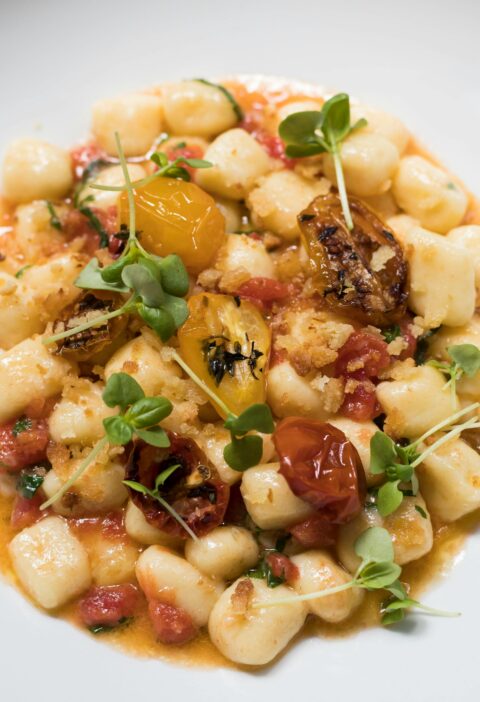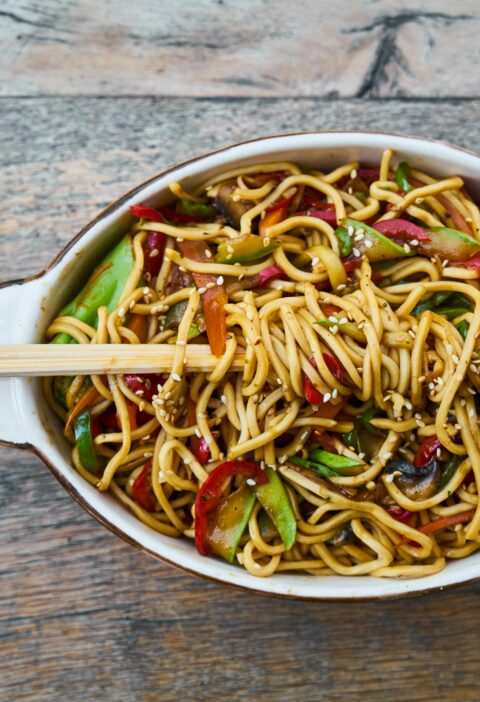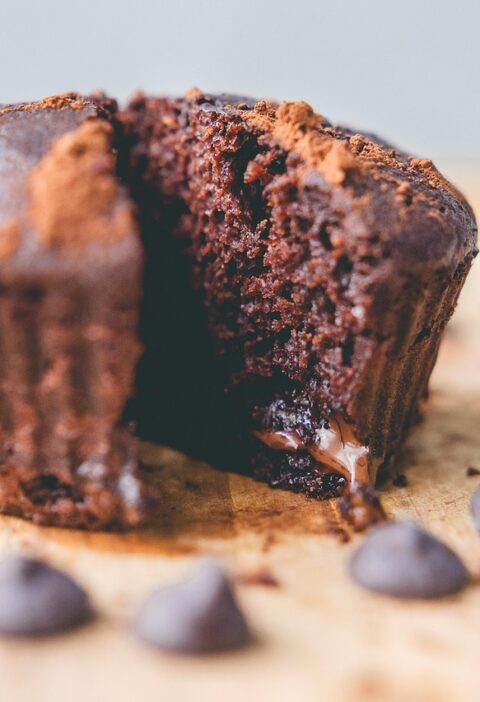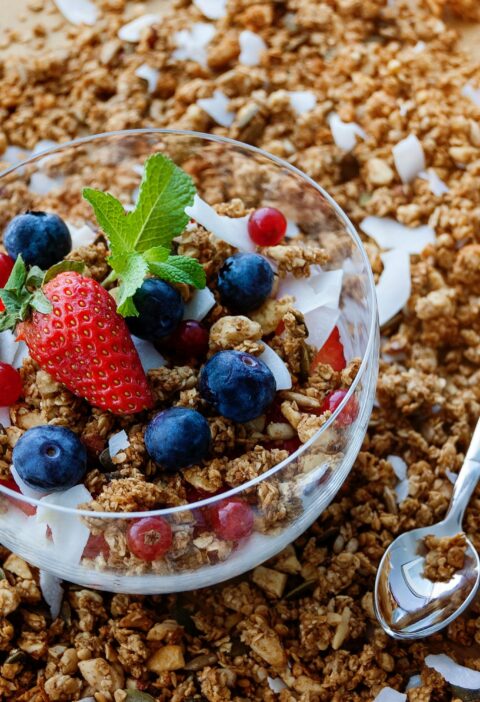A golden, flaky savory pie made with a wholesome cricket flour crust and a hearty vegetable filling. Perfect for an eco-friendly lunch or dinner that doesn’t compromise on taste.
Difficulty: Medium
Preparation time: 30 minutes
Cooking time: 40–45 minutes
Serves: 6 slices

Ingredients:
For the crust:
- 200g all-purpose flour
- 50g cricket flour
- 125g cold unsalted butter, cubed
- 1 egg yolk
- 2–4 tablespoons cold water
- ½ teaspoon salt
For the filling:
- 1 tablespoon olive oil
- 1 onion, finely chopped
- 2 cloves garlic, minced
- 1 carrot, diced
- 1 zucchini, diced
- 150g spinach, chopped
- 100g feta cheese, crumbled (or vegan alternative)
- 1 teaspoon dried thyme
- Salt and black pepper to taste
- 1 egg, beaten (for brushing the crust)

Instructions:
- Make the crust: In a large bowl, combine all-purpose flour, cricket flour, and salt. Add the cold butter and rub it into the flour with your fingertips until it resembles coarse crumbs.
- Add the egg yolk and 2 tablespoons of cold water. Mix and knead lightly until a dough forms, adding more water if needed. Shape into a disc, wrap in cling film, and chill for 20 minutes.
- Prepare the filling: Heat olive oil in a skillet over medium heat. Sauté the onion and garlic for 2–3 minutes. Add carrot and zucchini, cook for about 5 minutes until slightly softened. Stir in spinach, thyme, salt, and pepper. Cook until spinach wilts. Remove from heat and let cool slightly. Stir in crumbled feta.
- Preheat oven to 180°C (350°F). Roll out the chilled dough on a lightly floured surface to fit a 22–24 cm (9–10 inch) pie tin. Line the tin with the dough, trimming the edges. Reserve any scraps for decoration if desired.
- Spoon the filling into the crust and spread evenly. Roll out any remaining dough and cut into strips or shapes to decorate the top of the pie. Brush the crust and decorations with beaten egg.
- Bake in the preheated oven for 40–45 minutes, until the crust is golden brown and crisp.
- Allow to cool slightly before slicing. Serve warm and enjoy your sustainable pie!

A beautiful, rustic pie, golden and steaming, packed with greens and wholesome goodness – the protein revolution under a flaky crust.
Better for you, better for the planet – this pie has legs!
Enjoy!!!! Click here to explore sustainable versions of Italian classics: Link (internal link)
Link (external link)
Why Use Cricket Flour?
Cricket flour is an excellent source of sustainable protein, making it a smart and eco-friendly choice for modern recipes. Packed with essential nutrients like vitamin B12, iron, and omega-3 fatty acids, it supports muscle growth, boosts energy, and contributes to overall well-being. Unlike traditional protein sources, cricket flour has a minimal environmental impact, requiring less land, water, and feed. Its mild, nutty flavor blends seamlessly into baked goods, snacks, and even savory dishes, adding a nutritional boost without altering taste. Whether you’re an athlete, a health enthusiast, or simply curious, cricket flour is a versatile and forward-thinking ingredient worth exploring.
Back in the 1990s, the idea of eating insects in Europe was more of a joke than a serious proposal. Crickets were associated with faraway countries, not dinner plates in Paris or Berlin. But over the past three decades, attitudes have started to shift.
Driven by environmental concerns and the search for sustainable protein sources, crickets are slowly entering the European food scene. Unlike traditional livestock, they require less water, space, and feed, and they emit far fewer greenhouse gases. That makes them attractive to a generation more conscious of their ecological footprint.







